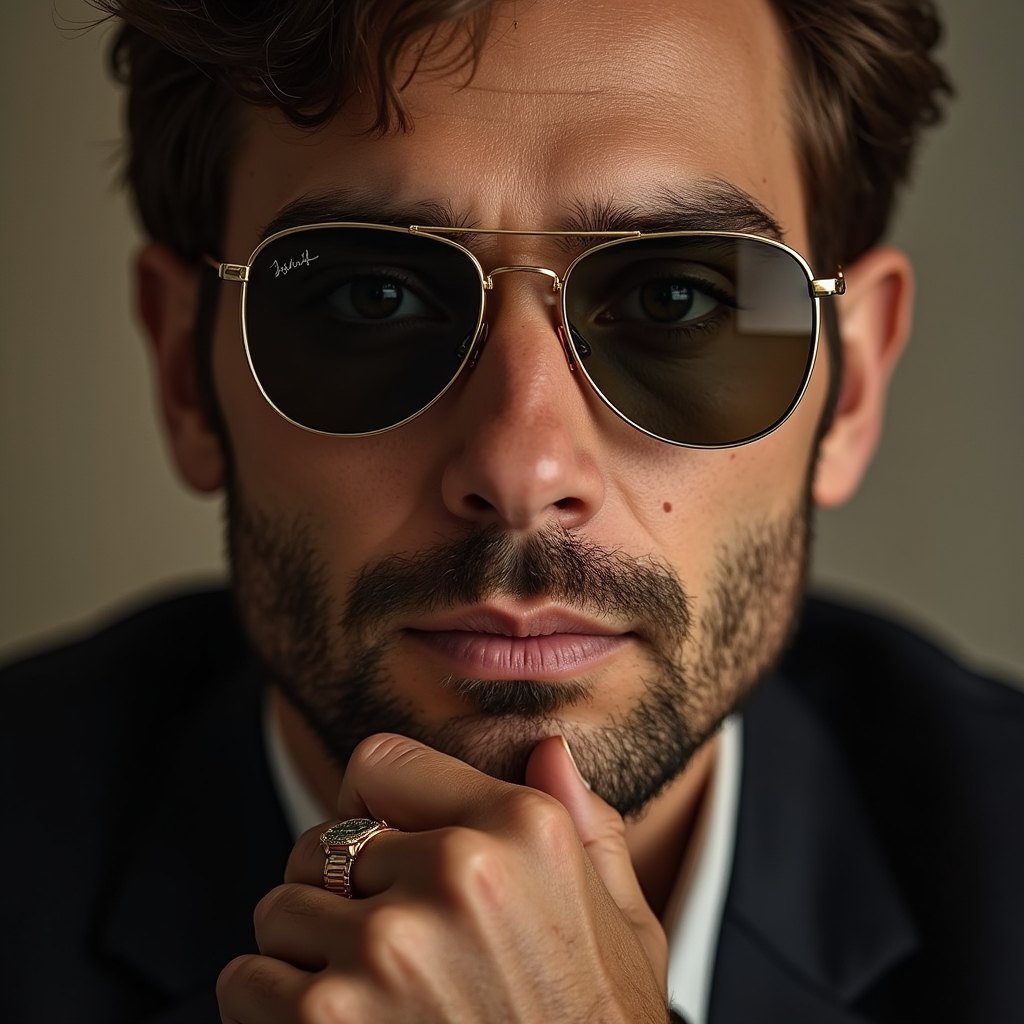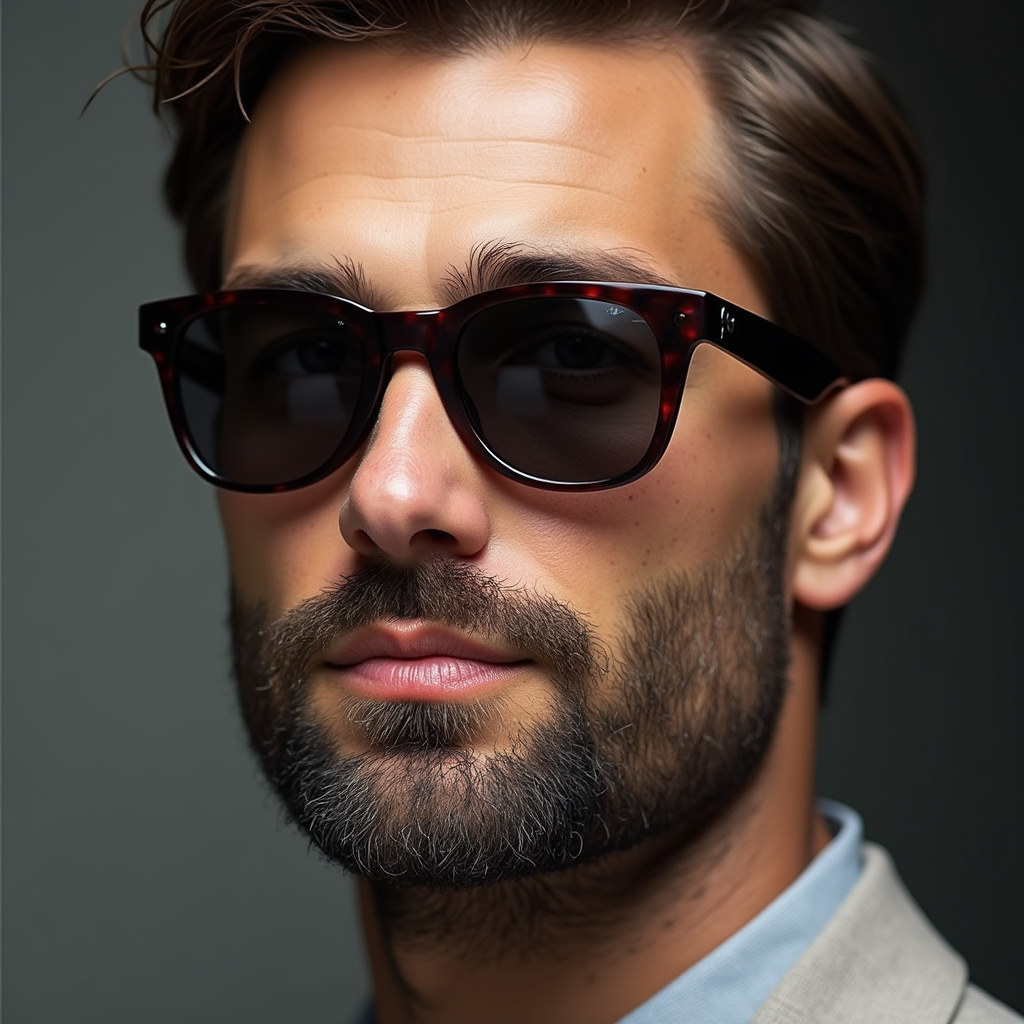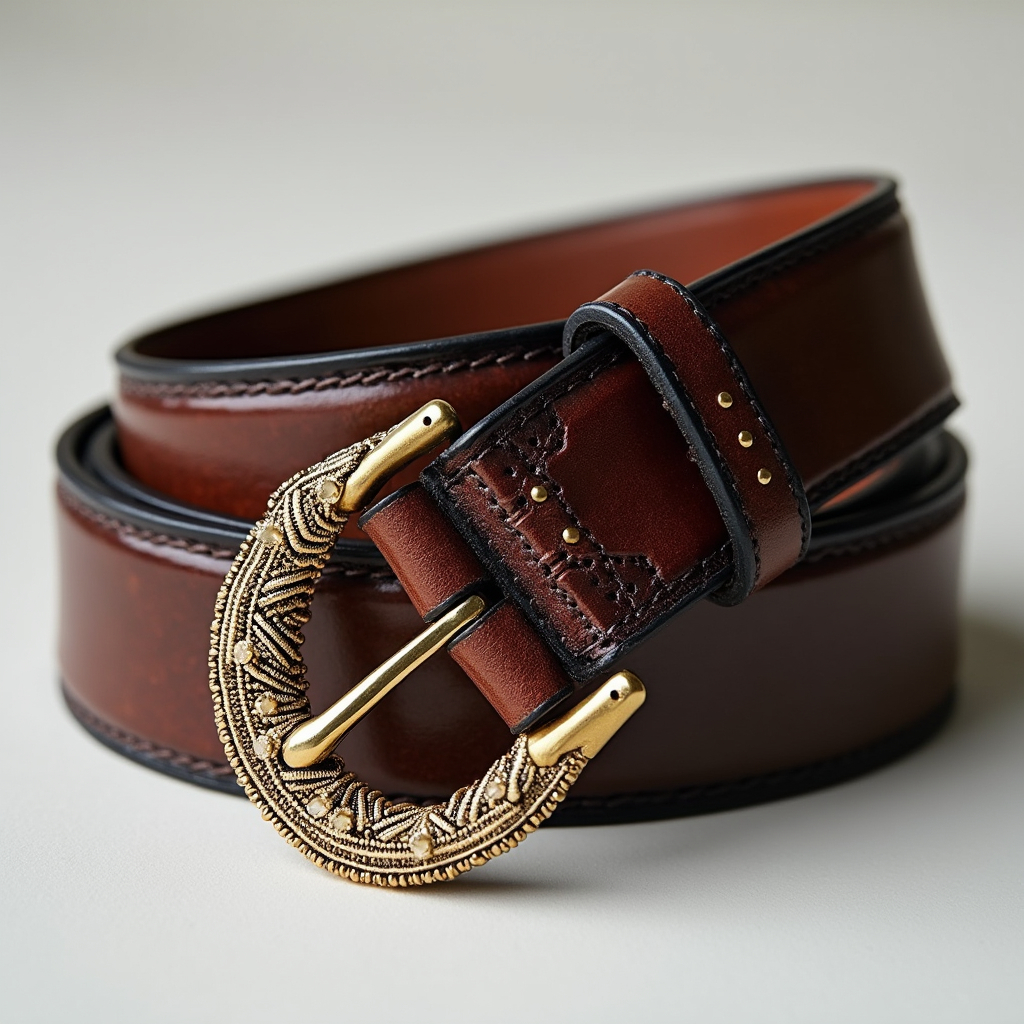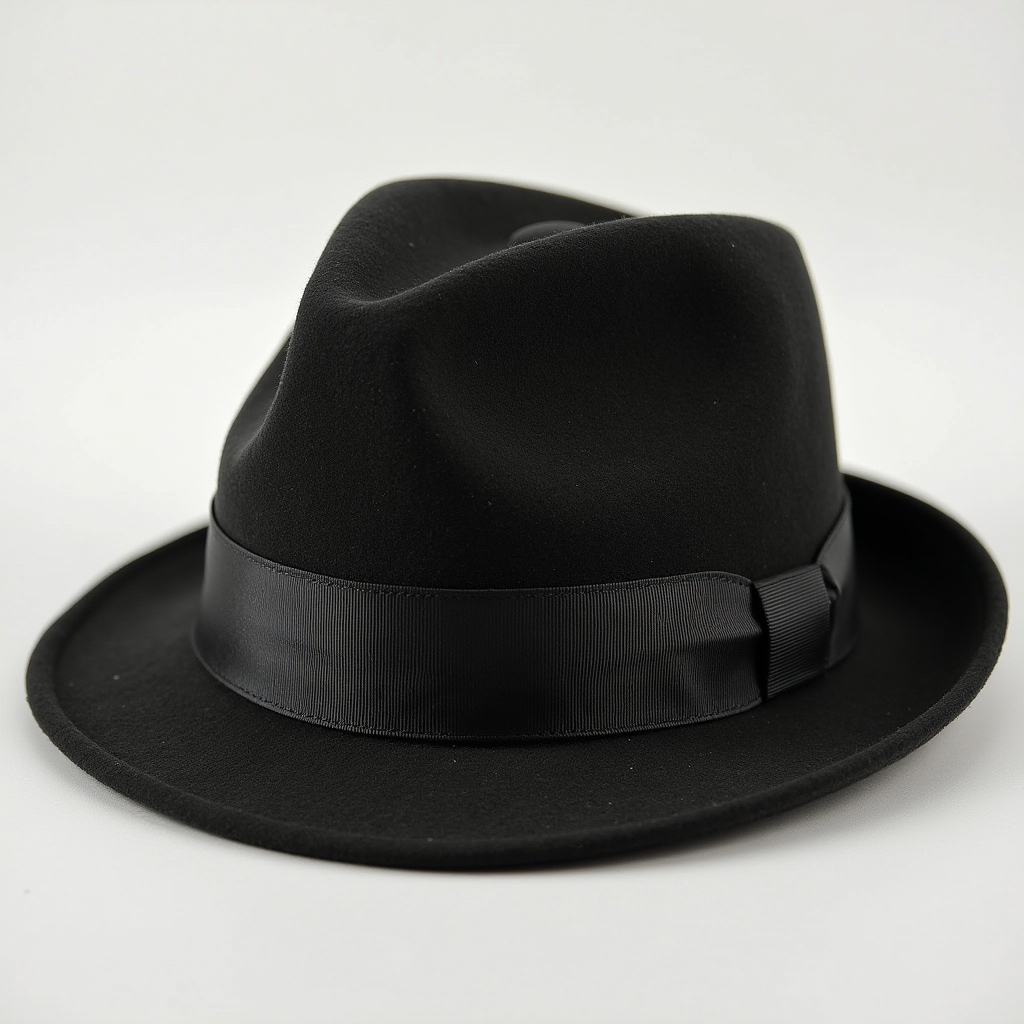Understanding the Value Proposition of Luxury Fashion
The luxury fashion industry operates on principles that extend far beyond the material costs of production. While manufacturing expenses certainly contribute to price tags, they explain only a fraction of the substantial premiums commanded by designer brands. To understand this market, we must examine the psychological, social, and economic factors that drive both pricing strategies and consumer behavior.
This analysis explores the multifaceted nature of luxury value perception and why consumers are willing to pay significant premiums for designer items when more affordable alternatives exist.
Defining Luxury in the Fashion Context
Before exploring its psychology, we should establish what constitutes "luxury" in fashion:
"Luxury is a state of great comfort or elegance, especially when involving great expense." — Oxford Dictionary
In the fashion industry, luxury brands typically share several characteristics:
- Heritage and longevity (often with storied histories)
- Limited accessibility and exclusive distribution
- Exceptional quality (real or perceived)
- Strong brand identity and recognizable aesthetics
- Price points significantly above mass-market alternatives
The Brand Value Equation: Quantifying the Intangible
Financial analyses of luxury conglomerates reveal the extraordinary value of fashion branding. In 2022, brand valuation consultancy Interbrand estimated the Louis Vuitton brand alone was worth approximately $21.8 billion, making it one of the most valuable brands globally.
The Price-Value Breakdown
Industry analyses suggest that the cost of a luxury fashion item typically breaks down as follows:
- Materials and production: 10-20% - The actual costs of materials and manufacturing
- Research, design, and development: 5-10% - Creating new designs and collections
- Marketing and advertising: 10-20% - Building and maintaining brand image
- Distribution costs: 10-15% - Retail operations, including prime real estate locations
- Brand premium and profit margin: 40-60% - The premium charged for the brand name itself
This breakdown illustrates that consumers are primarily paying for intangible value rather than material costs.
The Psychological Drivers of Luxury Consumption
Veblen Effect: Conspicuous Consumption
Named after economist Thorstein Veblen, this effect describes the phenomenon where demand for a good increases as its price increases, contrary to typical economic principles. In luxury fashion, higher prices can paradoxically make items more desirable because they serve as vehicles for displaying wealth and status.
Research by the Journal of Consumer Psychology found that visible luxury logos and branding elements were particularly important to consumers motivated by status signaling, especially in status-conscious societies.
The Bandwagon and Snob Effects
These contrasting effects explain different motivations for luxury purchases:
- Bandwagon Effect: The desire to own luxury items because many other people in one's reference group own them, reflecting conformity and group belonging
- Snob Effect: The desire for luxury goods precisely because few others can obtain them, reflecting uniqueness and exclusivity
Luxury brands masterfully balance these opposing forces by creating both "entry-level" products (satisfying bandwagon motivations) and limited editions or bespoke offerings (satisfying snob motivations).
Identity Construction and Self-Concept
Psychological research indicates that luxury purchases often serve identity-building functions:
- Actual Self: Representing who consumers believe they currently are
- Ideal Self: Representing who consumers aspire to become
- Social Self: Representing how consumers wish to be perceived by others
A study in the Journal of Business Research found that luxury consumption is frequently tied to self-reward, self-gift giving, and personal identity reinforcement, beyond mere status display.
Hedonic Consumption and Emotional Value
Luxury purchases provide emotional and experiential benefits:
- Pleasure and sensory gratification from premium materials and craftsmanship
- Emotional elevation from association with aspirational brand values
- Anticipatory pleasure from the act of desiring and acquiring luxury items
Neuroimaging studies have shown that luxury brand exposure activates brain regions associated with reward processing and positive emotion, similar to other pleasurable experiences.
Strategic Brand Elements That Justify Premium Pricing
Heritage and Storytelling
Luxury brands invest heavily in communicating their histories and craftsmanship traditions:
- Origin stories that emphasize founding visionaries and artisanal beginnings
- Emphasis on techniques passed down through generations
- Museum exhibitions and brand archives that reinforce historical significance
This narrative dimension transforms products from mere objects into artifacts with historical and cultural significance, justifying premium pricing through perceived heritage value.
Scarcity and Exclusivity Tactics
Luxury brands deliberately limit availability through various mechanisms:
- Limited production runs that create natural scarcity
- Controlled distribution through owned boutiques rather than wholesale
- Waiting lists for high-demand items (e.g., Hermès Birkin bags)
- Price as an exclusivity filter that limits access to wealthy consumers
This scarcity manipulation leverages the principle of psychological reactance—we desire more intensely what we cannot easily have—creating a perception of value through restriction.
The Luxury Retail Experience
The environment in which luxury goods are presented significantly impacts value perception:
- Prime real estate locations in prestigious shopping districts
- Architectural distinctiveness of flagship stores (often designed by renowned architects)
- Personalized service and relationship development with clientele
- Ceremonial presentation of products (special packaging, unveiling rituals)
These experiential elements create a "halo effect" that transfers positive associations to the products themselves, making consumers feel the premium is justified by the totality of the experience.
The Rational Side of Luxury Pricing
Quality and Craftsmanship Considerations
While brand premiums account for most of luxury pricing, there are legitimate quality differences that partially justify higher costs:
- Superior raw materials sourced for quality rather than cost efficiency
- Skilled artisanal labor, often in higher-wage countries
- More rigorous quality control with lower tolerance for imperfections
- Durability and longevity that may provide better long-term value
Investment Potential
Some luxury fashion items have demonstrated remarkable investment characteristics:
- Value appreciation: Certain iconic bags have outperformed traditional investment assets
- Resale value stability: Established luxury brands typically maintain stronger resale values
- Collectible status: Limited editions can appreciate significantly in secondary markets
A 2023 report by Knight Frank found that rare handbags appreciated 83% in value over a 10-year period, outperforming many traditional investment categories.
Social Signaling and Cultural Capital
Status Signaling and Recognition
According to research in evolutionary psychology, luxury fashion serves important social signaling functions:
- Resource signaling: Demonstrating financial capability through conspicuous consumption
- Group affiliation: Identifying with particular social strata or cultural groups
- Taste signaling: Demonstrating cultural knowledge and refined aesthetic judgment
Cultural Capital and Connoisseurship
French sociologist Pierre Bourdieu's concept of cultural capital helps explain how luxury consumption confers social advantages beyond mere wealth display:
- Knowledge of heritage brands and their historical significance
- Recognition of subtle design elements that identify authentic luxury
- Understanding of quality markers beyond obvious brand signatures
This dimension of luxury consumption rewards "insider knowledge" and creates prestige based on cultural acumen rather than just purchasing power.
The Replica Market: A Psychological Perspective
Understanding Motivations for Replica Purchases
Research on replica consumption reveals complex motivations beyond simple economics:
- Status emulation: Accessing the status signaling benefits of luxury without the full cost
- "Trickle-down" fashion participation: Engaging with high fashion trends at accessible price points
- Value perception: Believing that luxury markup is excessive relative to production costs
- Critique of exclusionary pricing: Rejecting what some view as artificial scarcity and elitism
The "Dupe" Phenomenon and Changing Consumer Attitudes
Recent shifts in consumer behavior have seen some segments embracing "dupes" (accessible versions of luxury designs) more openly:
- Social media "dupe culture" where finding affordable alternatives is celebrated rather than stigmatized
- "Smart consumer" identity that values price-performance rationality over brand prestige
- Declining brand loyalty among younger consumers who may mix luxury and non-luxury items
Conclusion: The Future of Luxury Value Perception
The psychology of luxury fashion pricing reveals a complex interplay of rational and emotional factors. While material quality and craftsmanship play roles in justifying premium prices, the greatest portion of luxury value exists in intangible realms: brand heritage, exclusivity, identity expression, social signaling, and experiential elements.
As consumer values evolve, luxury brands face challenges to traditional pricing strategies. Growing interest in sustainability, authenticity, and transparent pricing has prompted some brands to emphasize craftsmanship and ethical production rather than exclusivity alone. Meanwhile, the rise of the "pre-loved" luxury market has created new access points to luxury consumption while maintaining the fundamental scarcity that undergirds premium pricing.
Understanding these psychological mechanisms helps explain why luxury fashion continues to command extraordinary price premiums despite the existence of aesthetically similar alternatives. Far from being irrational, luxury consumption fulfills important psychological and social functions that consumers consciously or unconsciously value—functions that explain why designer brands can successfully charge many times the tangible production costs of their creations.





Reviews (8) Ask a Question
PsychStudent
February 28, 2025 at 10:40 amI found the section on status signaling fascinating. Does anyone think the psychology changes when wearing replicas vs authentic pieces? Do people still get the same psychological benefits?
BehavioralEconomist
March 1, 2025 at 1:15 pmThere's some interesting research on this actually. Some studies show that people experience what's called the "placebo effect of luxury" - where they gain confidence from what they believe is luxury regardless of authenticity. However, others experience "impostor syndrome" when wearing replicas, which can create anxiety rather than confidence. It seems to depend largely on the individual's values and motivations for wearing luxury items. What do you think about the selection at
MarketWatcher
March 3, 2025 at 11:35 amThe article mentions how brands create artificial scarcity to maintain desirability. Has anyone noticed if this affects replica markets too? Do replicas of "limited edition" items command higher prices?
MarketingProfessor
March 4, 2025 at 2:50 pmAbsolutely - there's definitely a trickle-down effect. Limited edition authentic pieces tend to get replicated faster and at higher prices. I've noticed replica makers will even advertise their products as "limited" versions of already limited authentic items, creating a mirror of the same marketing psychology in the replica market.
SocialButterfly
March 7, 2025 at 9:20 amI'm curious about the social signaling aspect. Has anyone had experiences where they connected with others specifically because of wearing luxury fashion (whether authentic or replica)?. What do you think about the selection at https://www.tjluxury2020.com/? I'm considering a purchase from there.
Daniel Garcia
May 13, 2025 at 3:11 pmanyone know good seller for designer t-shirts?
Christopher Davis
May 13, 2025 at 3:11 pmfabric on Gucci rep shirts scratchy or soft?
Matthew Anderson
May 13, 2025 at 3:11 pmany rep dress shirts that look good enough for office wear? https://www.tjluxury2020.com/Chanel-Shoulder-Bag-049-DB032-19cm-p27940709.html
Sarah Johnson
May 13, 2025 at 3:11 pmlooking for good rep hoodies for winter, suggestions?
Isabella Moore
May 13, 2025 at 3:11 pmare logos screen printed or embroidered on higher tier reps?
Emily Chen
May 13, 2025 at 3:11 pmCotton blend instead of pure cotton on many reps, feels different.
Ask a Question or Leave a Review